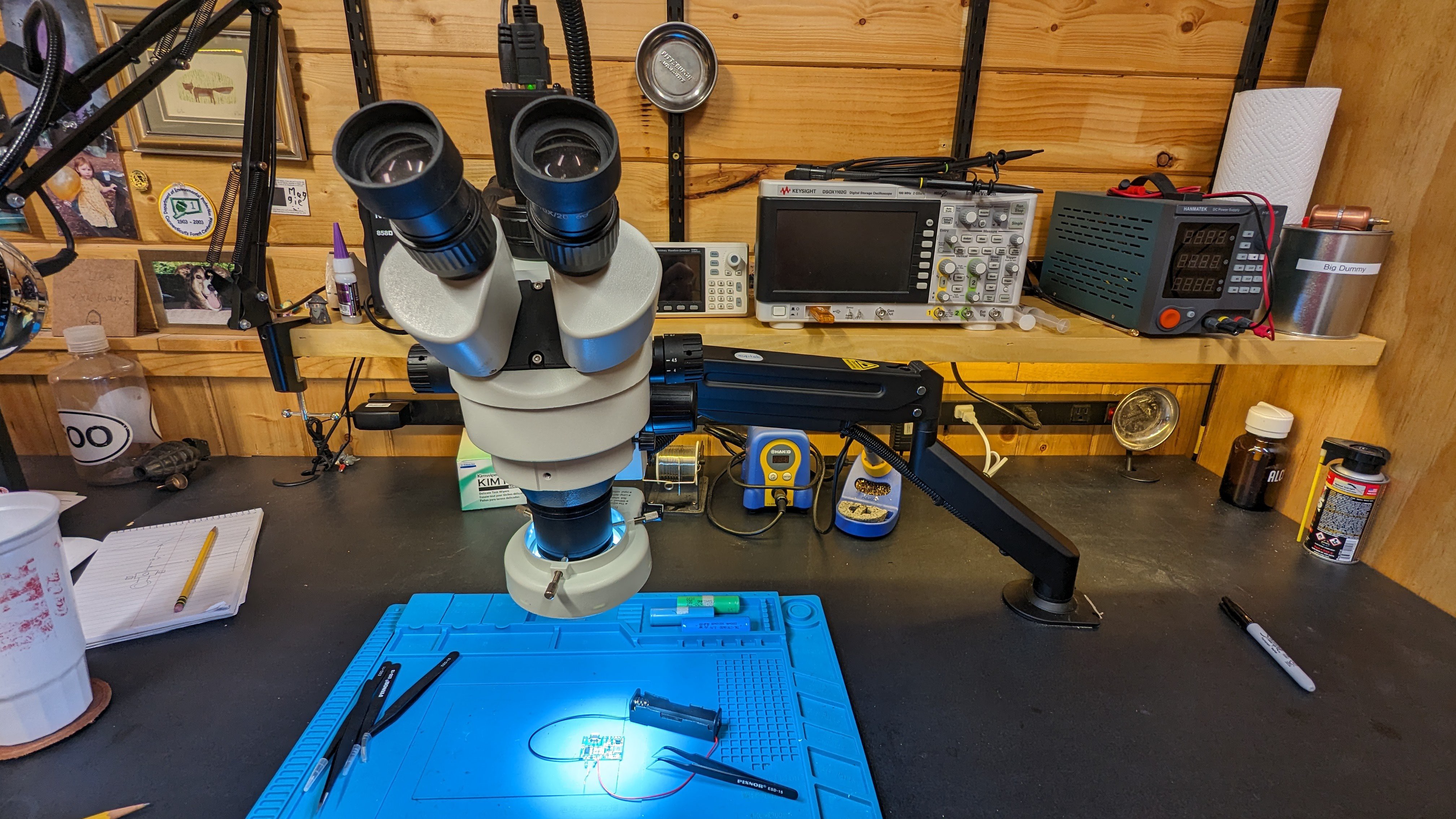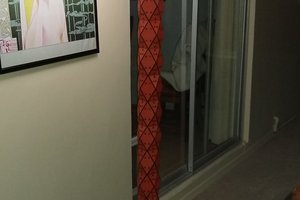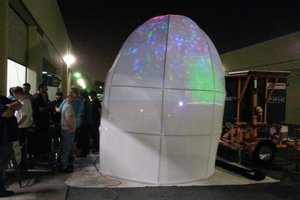I've had a microscope for a while now, and I find it an invaluable tool. But I have to be honest -- most of the time, it's in the way. That's mostly because the cheap stand I bought with it is -- well, cheap. The base is awkward and precludes using the bench for anything else, and I found myself just pushing the whole thing aside to gain back my bench space for most projects.
What I really wanted was one of those cool booms with a hefty weighted base, the kind that floats the microscope over the bench and swings away when it's not needed. I priced one of those out, but it cost as much as I spent on the whole scope! No thanks. Then on the podcast a couple of weeks ago, I mentioned a project where someone had mounted an oscilloscope to an off-the-shelf monitor arm to gain back a little bench space -- who knew DSOs now have VESA mounts? And I thought, "What's good for the o-scope might just work for an m-scope too."
 Dan Maloney
Dan Maloney




 Joseph Eoff
Joseph Eoff

 T. B. Trzepacz
T. B. Trzepacz
 matthewkleinmann
matthewkleinmann